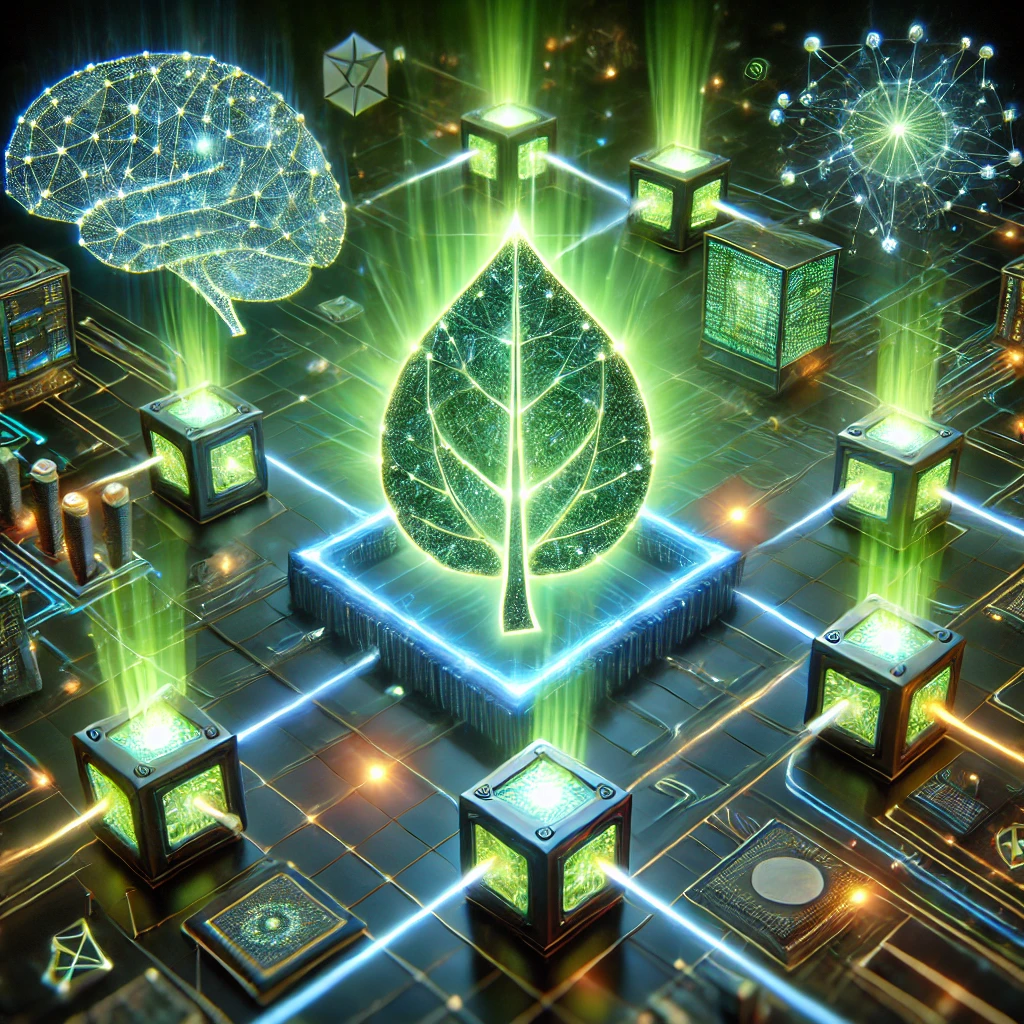English language
Toggle Transcript
parenchyma::noun | Spocien Dictionary
| Type | Words |
|---|---|
| Type of | animal tissue |
parenchyma::noun | Spocien Dictionary
the primary tissue of higher plants composed of thin-walled cells that remain capable of cell division even when mature; constitutes the greater part of leaves, roots, the pulp of fruits, and the pith of stems
| Type | Words |
|---|---|
| Type of | plant tissue |
| Has types | chlorenchyma |
Examples of parenchyma
parenchyma
The enlargement is usually due to the greater amount of the parenchyma tissue.
From the en.wikipedia.org
The yellowish discoloration of lung parenchyma reflects obstructive pneumonia.
From the en.wikipedia.org
This work included the discovery and naming of parenchyma and stomata.
From the en.wikipedia.org
The SWEETs arise in the cell membrane of the phloem parenchyma cells.
From the sciencedaily.com
Cysticerca in brain parenchyma are usually 5-20 mm in diameter.
From the en.wikipedia.org
Parenchyma cells, found in fruits and root vegetables, are much less stiff and strong than wood.
From the sciencedaily.com
This tissue layer, analogous to parenchyma found in plants, gives the tissue a fibrous texture.
From the en.wikipedia.org
Rays are horizontal rows of long-living parenchyma cells that arise out of the vascular cambium.
From the en.wikipedia.org
A typical parenchyma cell contains about 10 to 100 chloroplasts.
From the en.wikipedia.org
- Animal tissue that constitutes the essential part of an organ as contrasted with e.g. connective tissue and blood vessels
- The primary tissue of higher plants composed of thin-walled cells that remain capable of cell division even when mature; constitutes the greater part of leaves, roots, the pulp of fruits, and the pith of stems
- Parenchyma is a term used to describe a bulk of a substance. It is used in different ways in animals and in plants.
- The functional part of an organ, as opposed to supporting tissue; the tissue making up most of the non-woody parts of a plant
- (PARENCHYMATOUS) describes tissues or thalli made up of thin-walled, apparently randomly arranged cells, packed tightly together and thus usually polygonal.
- (Parenchymatous) Tissues of higher organisms that consists of thin-walled living photosynthetic or storage cells capable of division even after the organism has reached full maturity and that makes up much of the organism
- (Parenchymatous) cells forming a thallus with partial differentiation of tissues
- The essential and distinctive tissue of an organ or an abnormal growth as distinguished from its supportive framework
- A primary tissue with polyhedral cells and thin cell walls.
